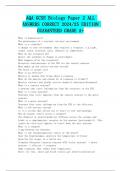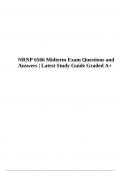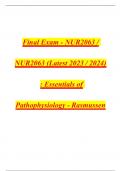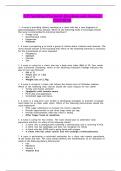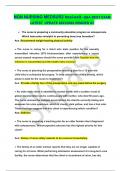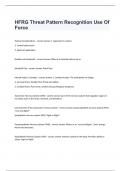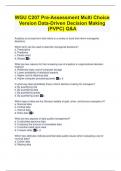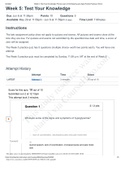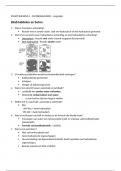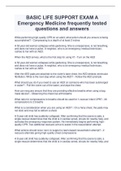Exam (elaborations)
AQA GCSE Biology Paper 2 ALL ANSWERS CORRECT 2024/25 EDITION GUARANTEED GRADE A+
- Module
- Institution
What is homeostasis? The maintenance of a constant internal environment. What is a stimulus? A change in your environment than requires a response. e.g Light, sound, touch, pressure, pain, chemical or temperature. What do the receptors do? Detect the stimulus or change in environment. What ha...
[Show more]
